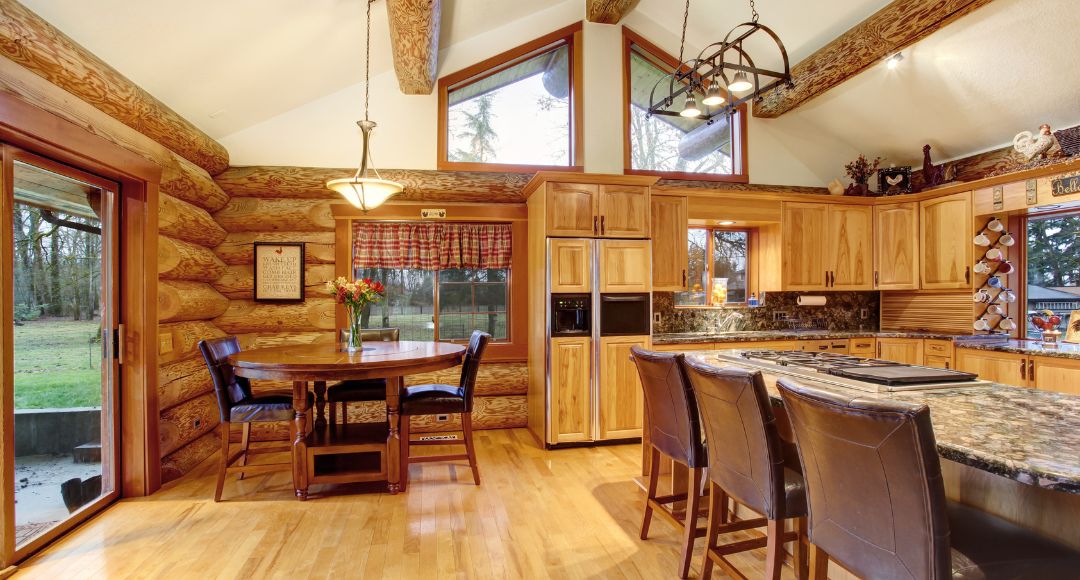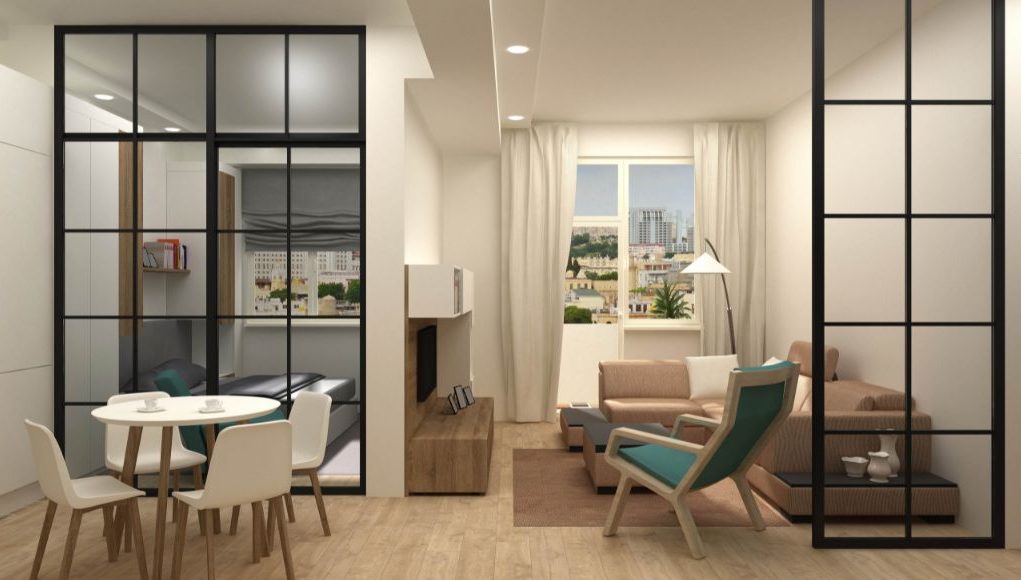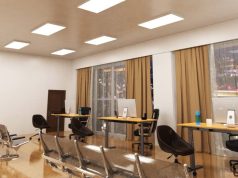LED lighting is well-known for its energy efficiency, making it a cost-effective choice for businesses and residences aiming to reduce their electrical consumption. By switching to this energy-saving lighting solution, you can significantly reduce your energy bills. What are the other benefits of LED lighting? How does it surpass conventional fixtures in terms of energy efficiency?
Understanding LED Lighting Efficiency
LED lighting is a marvel of efficiency. It’s a master at converting most of the electricity it consumes into light, with only a fraction wasted as heat. This unique trait allows LEDs to produce superior luminance, even with a relatively low wattage requirement, setting them apart!
If an LED transforms 95% of the electricity it consumes into light and only 5% becomes heat, it’s the opposite for incandescent bulbs. Most end up as heat, and a tiny amount becomes light. Although fluorescent fixtures are more efficient than incandescent, they still cannot come close to the level of energy efficiency LED lights have.
Choosing the Right LED Lights
LED lighting is not just LED light bulbs. They have a wide array of selections, allowing you to achieve the lighting design you’ve always wanted. Because of the many varieties, there are specifications that you need to consider before you arrive at the product that you’ll use. What are they?
Selecting Energy-Efficient LED bulbs
The selection process for an LED bulb involves three key considerations: lumens, wattage, and colour temperature. To determine each, you have first to identify the bulb’s use. Will it be for task or ambient lighting?
An LED bulb for task lighting must have a high lumen count and either a cool white or natural white colour temperature. This will give the user a brilliant and comfortable working space and encourage them to stay focused and productive.
Ambient lighting depends on the room. The bedroom ambient lighting does not need to be as bright as the ambient lighting in the kitchen. You need to identify the areas where you rest and work to determine the appropriate brightness and colour temperature. In the kitchen, ambient lighting must be natural white or cool white, while in the bedroom, you can use warm white for extra cosiness!
Energy Star Rating
When buying LED lighting, you still need to consider the quality of the fixture. Refrain from assuming that it will be top-tier just because it’s LED. Be aware that there are cheap and low-quality LED lights for sale!
To guarantee that the fitting is of top quality, check if it has an Energy Star rating and only purchase from trusted suppliers and manufacturers.
Smart LED Options
Many smart LED options offer more energy savings than standard LED fixtures. If you want to enhance the energy efficiency of your lighting system further, check for smart alternatives!

Strategic Usage of LED Lights
With strategic placement and correct usage, you can elevate the efficiency level of your LED lights.
Optimal Lighting
When designing the lighting plan in each room, guarantee the system is effective and efficient. Here’s an idea of how many lumens are required for each room.
Living Room:
- Ambient lighting: 1,500-3,000 lumens
- Task lighting: minimum of 400 lumens
Kitchen:
- Ambient lighting: 5,000-10,000 lumens
- Task lighting: minimum of 450 lumens
Bathroom:
- Ambient lighting: 4,000-8,000 lumens
- Task lighting: minimum of 1,700 lumens
Dining Room:
- Combined ambient and task lighting: 3,000-6,000 lumens
Bedroom:
- Ambient lighting: 2,000-4,000 lumens
- Task lighting: minimum of 500 lumens for every reading light
Dimmable LEDs
Yes, LED lighting is energy-efficient. However, is it possible to level it up even more? Dimmable LED lights can cut your energy consumption in half! When you’re dimming your lights, the power they require lessens. Because of this, not only will you have more significant energy savings, but you’ll also have a decrease in your maintenance cost since the fitting will last longer at a lower power and brightness!
Maximising Natural Light
Natural light is the most affordable (it’s free!) and top-grade light that you can enjoy. If you utilise it, you can boost your energy savings without sacrificing quality. So, how can you integrate natural light into your lighting system?
Keep windows unobstructed. They’re the entry point of sunshine, so there should be no hindrances to usher it in. For curtains, consider using sheer ones, especially for the living room, so you can still keep your space private without completely blocking the sunlight!
Use mirrors and reflective exteriors to bounce light. If you have limited windows, mirrors and reflective surfaces can direct sunlight further into the room. This can also help disperse it in other parts of the space and ensure it travels deeper indoors!
Conclusion
LED lighting effectively ensures your energy consumption stays at a reasonable price. You only need to optimise its use and pair it with natural light! Also, make sure that you only use appropriate LED fittings for your lighting needs and purchase high-quality products from trusted suppliers!
Where can you find top-quality LED lighting? On our website, Simple Lighting! Our vast collection guarantees you will address all your lighting needs and achieve your ideal lighting design aesthetics!














